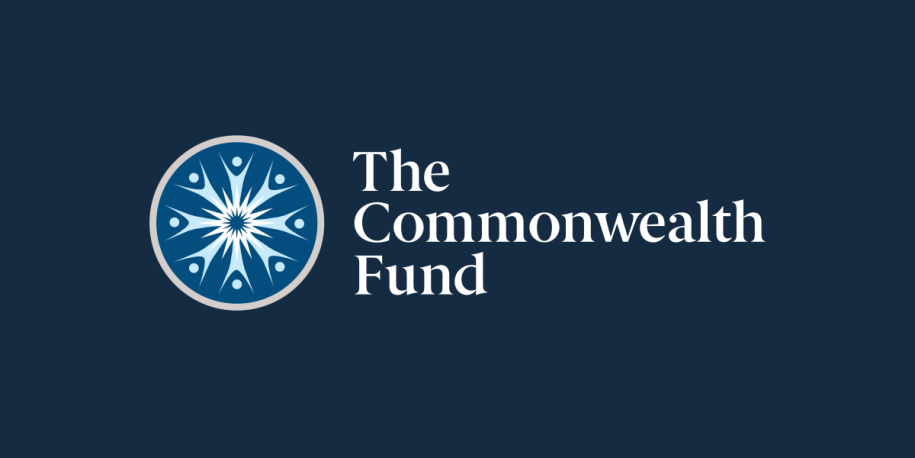Executive Summary
The COVID-19 pandemic exacerbated the already-growing mental health and substance use disorder (SUD) (behavioral health) crisis gripping children and youth in the United States. It has spurred federal, state, and other actions to expand funding and treatment opportunities to improve the behavioral health and well-being of these young people. The crisis is impacting children, adolescents, young adults, and their families and caretakers across all social and demographic levels. Addressing it requires a concerted effort across multiple sectors, including health, education, justice, and child welfare. Medicaid, the largest health insurer for children and adolescents and primary payer of behavioral health care in the United States, can serve as a linchpin for states seeking to improve behavioral health care for children and youth. This report provides an actionable framework and strategies for how state-level policymakers can use Medicaid and the Children’s Health Insurance Program (CHIP) to respond to the behavioral health crisis among children and youth living with complex needs—those who are stuck in emergency departments for days on end, cycling in and out of psychiatric hospitals, contemplating and sometimes attempting or completing suicide, or struggling to remain in school or to find and keep a job. The framework and strategies are rooted in a family- and community-based approach that recognizes children and youth fare best when treated in the context of their families (broadly defined) and communities, as well as when interventions build on their strengths and maximize their choices and autonomy.
Introduction
More than two years after the American Academy of Pediatrics, the Children’s Hospital Association, and the American Academy of Child and Adolescent Psychiatry declared a national emergency in child and adolescent mental health, the situation remains alarming.1 While the COVID-19 pandemic intensified the issue, researchers have been tracking rising rates of mental health issues and substance use disorders (SUDs) among children and youth for years. Today, a steady stream of news articles presents compelling personal stories of children and youth struggling with anxiety, depression, and post-traumatic stress disorder (PTSD), along with data indicating historically high levels of distress among children and youth. The mental health and SUD (behavioral health) challenges facing children and youth require an urgent, comprehensive response that spans health care, justice, education, housing, poverty, and other social and economic factors. It is no longer enough to take one-off steps such as opening new beds in psychiatric hospitals or launching a hotline; the present situation warrants a comprehensive review of each state’s challenges and resources; a structured process for responding that includes the voices of young people and families; and a sustained effort to implement, monitor, and modify changes.
For many young people struggling with complex behavioral health challenges, the current response is missing the mark. It offers little of what they need—support addressing social and economic issues (e.g., housing instability, food insecurity, racism, discrimination, and stigma), connections to peers who share their experiences, and providers who truly listen to them and respond to their individual circumstances. Similarly, families often cannot secure the services that their children require and find themselves forced to repeatedly turn to calls to 911 and visits to the emergency department when in crisis. Even if a child is admitted to an inpatient psychiatric unit, it may only be the beginning of the journey if, as often occurs, the child is discharged without a viable plan for keeping them safe in their community. The parents or caretakers may face stigma and condemnation for being “bad parents,” and if the cycle keeps repeating itself, they may be told that the only way to get their child the help they need is to relinquish custody. Fortunately, the youth behavioral health crisis can be addressed, as demonstrated by success stories in some states and the strong and powerful voices of young people themselves. As outlined in this report, the key elements of an effective response include:
- A comprehensive, cross-agency strategy for addressing the crisis that integrates the perspectives of youth and families;
- Stable coverage for children and youth with complex behavioral health conditions to ensure that they are not churning on and off coverage even as they are working to heal and gain stability in the midst of complex behavioral health challenges;
- A focus on prevention and early intervention that helps prevent more serious conditions from emerging;
- A robust continuum of care for children and youth with complex behavioral health conditions, including, but not limited to, intensive home and community-based services, child and youth-specific crisis response services, and flexible funds provided in a respectful and culturally and linguistically appropriate way that is rooted in what an individual child requires; and
- A specific set of strategies to address the emergency department boarding crisis to help ensure that children and youth receive services in their homes, schools, and communities whenever possible and that higher levels of care are reserved for clinically appropriate situations in which safety is an issue.

